What is best teeth whitening light ?
- Introduction: You want whiter teeth fast — but which whitening light is truly the best?
- What is a teeth whitening light and why is it important?
- Core principles: how whitening lights work
- Activation of peroxide chemistry
- Wavelength and energy matter
- Types of whitening lights
- Evidence and safety: does light actually improve whitening?
- Types compared: pros and cons of popular teeth whitening lights
- LED blue light (best balance for home use)
- UV light (not recommended for routine home use)
- In-office laser and high-intensity halogen
- Key decision criteria: how to judge the best teeth whitening light
- 1. Wavelength compatibility with gel (search term: best teeth whitening light wavelength)
- 2. Power output and irradiance (mW/cm2)
- 3. Proven clinical results and third-party certifications
- 4. Safety features and comfort
- 5. Gel compatibility and peroxide concentration
- 6. Build quality, battery life and warranty
- 7. Supplier reliability and customization
- How to choose the best teeth whitening light for your needs
- Practical usage and tips to get the best results from your whitening light
- Safety checklist before you buy a whitening light
- Why supplier selection matters: Double White as a partner
- Conclusion: What is the best teeth whitening light?
- Final recommendation
- Additional reading and responsible use
Introduction: You want whiter teeth fast — but which whitening light is truly the best?
Problem: You’ve seen dozens of teeth whitening lights online promising dramatic, fast results, but it’s hard to tell which devices actually work and which are marketing hype.Pain: Wasting money on ineffective or unsafe lights can cause sensitivity, gum irritation, or no improvement at all.Solution: This guide breaks down how whitening lights work, compares the main types (LED, UV, laser), lists objective selection criteria, and gives practical buying and usage tips so you can choose the best teeth whitening light with confidence.
What is a teeth whitening light and why is it important?
A teeth whitening light is an energy source used alongside a bleaching agent (commonly hydrogen peroxide or carbamide peroxide) to accelerate the chemical reaction that breaks down stain molecules on enamel. Many at-home kits and professional treatments use a light to shorten treatment time and, in some cases, to intensify whitening results.
Why it matters: The right whitening light improves efficiency and comfort when combined with the correct gel formula, reduces chair time for in-office treatments, and can help users see results faster at home. However, not all lights are equal — wavelength, power output, safety features, and gel compatibility determine clinical value and user safety.
Core principles: how whitening lights work
Activation of peroxide chemistry
Bleaching gels contain hydrogen peroxide (H2O2) or carbamide peroxide (which converts to hydrogen peroxide). Peroxide produces free radicals that penetrate enamel and oxidize long-chain stain molecules. Light sources aim to accelerate this reaction either by warming the gel slightly or by activating photosensitizers in the gel that produce more reactive oxygen species.
Wavelength and energy matter
Different lights emit different wavelengths: LEDs commonly emit blue light between about 400–490 nm, UV lamps emit shorter ultraviolet wavelengths (under 400 nm), and dental lasers operate at very specific wavelengths. The interaction between a light’s wavelength and a gel’s photosensitizer affects how effectively the peroxide reaction is amplified.
Types of whitening lights
- LED blue lights: The most common at-home option. They are low-heat, energy-efficient, and focused on wavelengths that interact with commonly used photosensitizers. Many clinical and consumer devices use blue LEDs around 450–470 nm.- UV lights: Historically used in dental offices, UV can accelerate bleaching but carries higher risk (tissue damage, potential long-term concerns). Usage has declined for safety reasons.- Laser and high-intensity lights: In-office lasers can produce faster results in a controlled environment but require trained professionals and are more expensive.- No-light (chemical-only) systems: Many effective whitening protocols rely solely on peroxide gels. Some studies show similar end results to light-accelerated protocols, though light can speed up the process.
Evidence and safety: does light actually improve whitening?
Clinical evidence is mixed. Several systematic reviews and randomized controlled trials report that light may speed up whitening or shorten treatment time, but it does not always increase final whitening levels compared with peroxide alone. The American Dental Association (ADA) and other authorities note that more high-quality research is needed to confirm the magnitude of added benefit.
Safety considerations: Overuse or high-energy lights can increase tooth sensitivity and soft-tissue irritation. UV exposure introduces additional safety concerns. Proper device design, sensible exposure times, and gel formulations optimized for the light type reduce risks.
Types compared: pros and cons of popular teeth whitening lights
LED blue light (best balance for home use)
Pros: Low heat, safe when used correctly, energy-efficient, widely available, and typically paired with peroxide gels formulated for blue-light activation. Many high-quality at-home kits use blue LED arrays.Cons: Not all LED devices are equal — wavelength and power vary, and cheaper models may be underpowered or poorly shielded.
UV light (not recommended for routine home use)
Pros: Can speed chemical reactions.Cons: Higher tissue risk, potential long-term UV exposure concerns, and largely phased out of consumer devices due to safety issues.
In-office laser and high-intensity halogen
Pros: Fast results in a controlled clinical environment, with professional isolation of gums and stronger peroxide concentrations (often 25–40% hydrogen peroxide) under supervision.Cons: Higher cost, not suitable for unsupervised home use, increased risk of sensitivity if not managed properly.
Key decision criteria: how to judge the best teeth whitening light
To pick the best teeth whitening light, evaluate the following objective indicators:
1. Wavelength compatibility with gel (search term: best teeth whitening light wavelength)
Choose lights in the recommended range for your gel. Blue LED devices around 410–490 nm commonly pair with photosensitizer-enhanced gels. Mismatched wavelength reduces activation efficiency.
2. Power output and irradiance (mW/cm2)
Higher irradiance typically speeds the reaction, but too much power can cause heat-related sensitivity. Home devices commonly range from low to moderate power. Reliable manufacturers publish irradiance figures; prefer devices that provide those specs and adjustable intensity or timed cycles.
3. Proven clinical results and third-party certifications
Look for published clinical data, FDA clearance (for the US market) or CE marking (for Europe), and independent test results. Certifications and clinical studies add trust and align with Google EEAT principles.
4. Safety features and comfort
Features to prefer: automatic shutoff timers, protective mouth shields, low-heat LEDs, eye safety design, and thoughtful ergonomics. Check for clear instructions and warnings about sensitivity management.
5. Gel compatibility and peroxide concentration
The best light only performs well with the proper gel. Confirm whether the device is matched to a hydrogen peroxide percentage and whether the gel uses photosensitizers. For home use, peroxide concentrations are typically lower, while in-office gels are higher under supervision.
6. Build quality, battery life and warranty
Durable construction, consistent light output over time, good battery life, and a solid warranty matter for long-term value. Reputable suppliers stand behind their products.
7. Supplier reliability and customization
For clinics, retailers or private-label brands, supplier capabilities are crucial. Companies like Double White offer R&D, product customization, free samples, and packaging services. Choosing a supplier that provides clinical data and quality control helps ensure consistent results and regulatory compliance.
How to choose the best teeth whitening light for your needs
Step-by-step buying guide:
- Decide purpose: in-office professional use vs at-home consumer use.
- Match wavelength: select a blue LED in the 410–490 nm range if using modern photosensitizer gels.
- Check safety certifications: FDA clearance or CE mark and published clinical data are strong indicators.
- Verify gel compatibility: buy a light and gel designed to work together or confirmed by the manufacturer.
- Prioritize ergonomics and safety: mouth tray fit, timers, comfortable materials, and good shielding protect users.
- Ask for samples and data: for bulk or private-label purchases, request gel samples, device specifications, and test results from suppliers like Double White (they provide free samples and customization).
Practical usage and tips to get the best results from your whitening light
- Follow manufacturer instructions precisely: exposure times and application amount matter.- Prepare teeth: clean and remove plaque before whitening for more uniform results.- Manage sensitivity: use desensitizing gels or lower-concentration products if you experience discomfort.- Avoid overuse: repeated, frequent sessions beyond recommendations increase risk without clear extra benefit.- Combine with good oral hygiene and stain-limiting habits: reduce coffee, red wine, smoking, and other staining behaviors for longer-lasting results.
Safety checklist before you buy a whitening light
- Is the device matched to a gel formula? - Are power and wavelength specifications published? - Does it have timers and protective features? - Is there a warranty and reliable supplier support? - Can the manufacturer provide clinical evidence or test reports?
Why supplier selection matters: Double White as a partner
Choosing the right supplier reduces regulatory risk and improves product performance. Double White is a professional organization specializing in oral care R&D and manufacturing, offering extensive capabilities in biotechnology, production, strategic planning and brand management. As the No. 1 teeth whitening kit supplier in China, Double White provides whitening strips, gels, pens, and whitening lights, plus free samples and customizable packaging. For clinics and private-label brands, partnering with an established supplier helps ensure consistent gel formulation, reliable device compatibility, and compliant packaging — all critical to delivering safe, effective whitening products.
Visit https://www.double-white.com/ for product catalogs, sample requests and customization options.
Conclusion: What is the best teeth whitening light?
The best teeth whitening light for most consumers is a well-specified blue LED device that matches a proven whitening gel, has published power/wavelength specs, includes safety features, and comes from a reputable supplier. While lights can speed treatment and improve convenience, they are not magic — gel formulation, peroxide concentration, and correct usage are equally or more important. For professional or bulk purchases, work with an experienced manufacturer like Double White that offers product customization, testing support and free samples to validate compatibility and outcomes.
Final recommendation
If you want fast, safe at-home results, choose a blue LED whitening light with clear specs and paired gel designed for light activation. If you are a clinic or brand buyer, request irradiance and wavelength data, clinical evidence, and samples from suppliers (for example, Double White) before making a commitment.
Additional reading and responsible use
Always discuss high-concentration or in-office whitening options with a dental professional, and follow manufacturer guidance for at-home kits. Limiting exposure, adhering to recommended frequencies, and using desensitizing support as needed will help you achieve whiter teeth with minimal side effects.
Q: What wavelength should the best teeth whitening light use?A: For most modern peroxide gels, a blue LED in the 410–490 nm range is recommended. Many consumer devices target 450–470 nm, which pairs well with photosensitizer-enhanced gels.
Q: Is LED whitening light safe for daily use?A: When used according to instructions, low-heat blue LED lights are generally safe. Daily use beyond recommended protocols is not advised; overuse increases sensitivity and irritation risk.
Q: Does light actually make whitening results better?A: Light commonly speeds up the reaction and shortens treatment time. However, high-quality studies show mixed results on whether it increases final whiteness compared with peroxide alone. Gel formula and concentration are equally important.
Q: Can I use any whitening gel with any light?A: Not necessarily. For optimal results, use gels and lights designed to work together. Ask the manufacturer for compatibility data.
Q: Are UV whitening lights safe?A: UV lights pose higher soft-tissue and long-term exposure risks and are generally not recommended for routine home use.
Q: How quickly will I see results with a whitening light?A: Many users see initial improvement after 1–2 sessions, with more noticeable changes over a 1–2 week course depending on gel concentration and baseline staining.
Q: Do professional in-office lights outperform home lights?A: In-office systems can deliver faster results due to higher peroxide concentrations and controlled conditions, but they are more expensive and require dental supervision.
Q: Where can I source reliable whitening lights and gels?A: Work with established manufacturers that provide clinical data, samples and customization. Double White offers whitening strips, gels, pens and customizable solutions with sample support.
Q: Can whitening lights cause permanent damage?A: When used correctly, damage is unlikely. Overuse, excessive heat, or improper application can cause temporary sensitivity or soft-tissue irritation. Avoid unauthorized high-intensity or UV devices.
Recommended for you
Teeth Whitening Strips Cost Miami | Double White
Do White Spots from Whitening Strips Go Away? - Double White
Do Teeth Whitening Strips Damage Teeth? Discover the Truth | Double White
Tips for buy professional teeth whitening products
About Customized Services
I don’t have a designer, can you help with brand visuals?
Yes, our designers are happy to serve you.
About After Sales Support
How to deal with product quality problems?
If you find that there are quality problems with your product, please contact our customer service team immediately and provide relevant evidence, we will handle it and provide you with a solution as soon as possible.
About Product Choice
Should I choose patches or pens for teeth whitening?
If you want to evenly cover the surface of your teeth with whitening ingredients without affecting your daily activities, you can choose teeth whitening patches. And if you prefer precise control over the use of whitening ingredients and want to perform supplementary whitening at any time, you can choose a teeth whitening pen.
About Cooperation Process
What steps does the collaboration process include?
The cooperation process mainly includes demand communication, sample confirmation, contract signing, production and production, quality inspection, logistics and distribution, etc.
Teeth Whitening Powder
How do I use the teeth whitening powder?
Wet your toothbrush, dip it into the powder, and brush your teeth for 2 minutes. Rinse thoroughly with water.

HP Teeth Whitening Alcohol-free Strips HPNA-01
Discover Double White’s HP Teeth Whitening Alcohol-free Strips HPNA-01, the best teeth whitening strips designed for a brighter smile without irritation. Alcohol-free formula ensures gentle yet effective whitening. Achieve professional results safely and easily at home with these top-rated teeth whitening strips.

HP Teeth Whitening Alcohol-free Strips HPNA-02
Double White’s HP Teeth Whitening Alcohol-free Strips HPNA-02 offer effective, gentle whitening without alcohol. These best whitening teeth strips deliver visible results, making them the good teeth whitening strips choice for a brighter smile. Try our whitening strips for teeth today!

Hydrogen Peroxide Residue Free Teeth Whitening Strips RFHP01
Double White Hydrogen Peroxide Residue Free Teeth Whitening Strips RFHP01 deliver the best quick teeth whitening results without residue. These best teeth whitening strips offer safe, effective brightening for a confident smile. Experience one of the best teeth whitening products today.

Hydrogen Peroxide Residue Free Teeth Whitening Strips RFHP02
100% tooth surface residue-free teeth strips represents the latest white teeth technology. This new product has strong adhesion on the teeth, but when peeled off, no gel-like substance remains on the tooth surface, leaving the teeth bright. Like new, no cleaning required.
Send us your inquiry
Reach out to us through the form below or via the contact information provided.
Our dedicated team is committed to providing prompt and personalized responses to all your queries.
Please fill out the fields above with your full name, email address, and comment.
Copyright © 2025 Double White All Rights Reserved. Designed by gooeyun

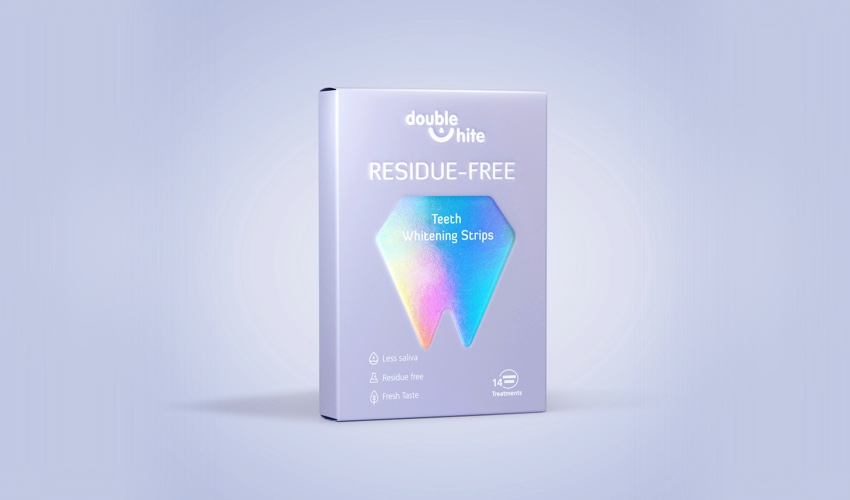
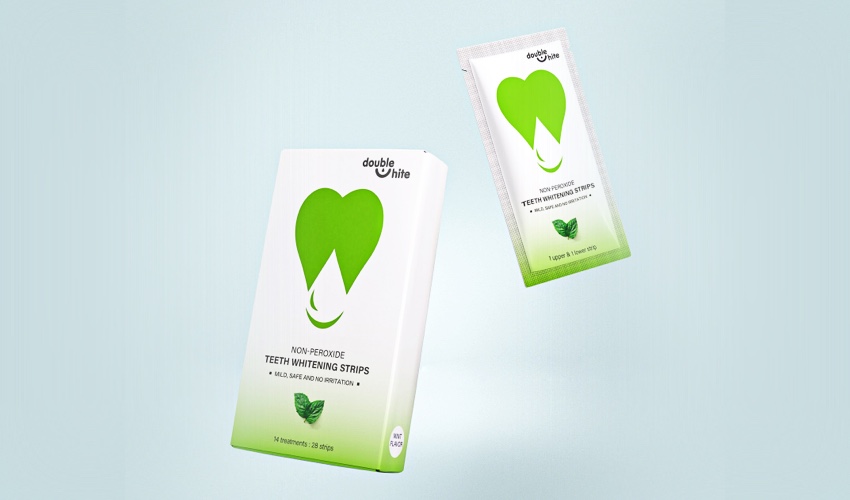
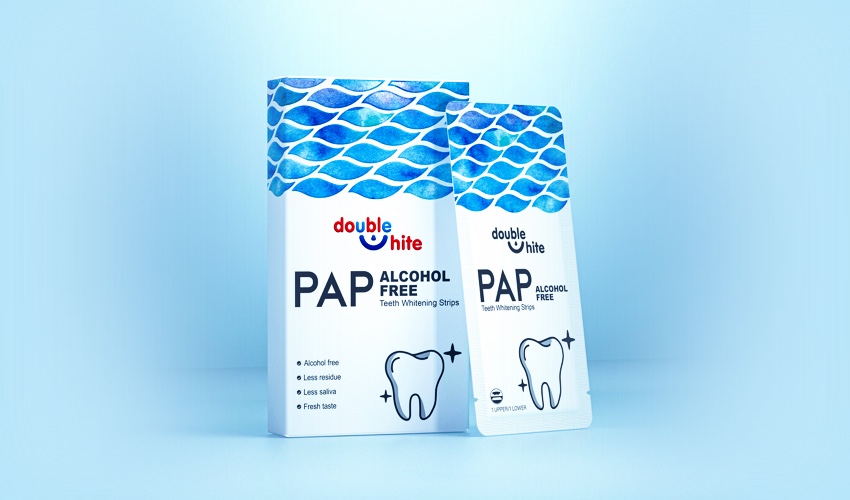
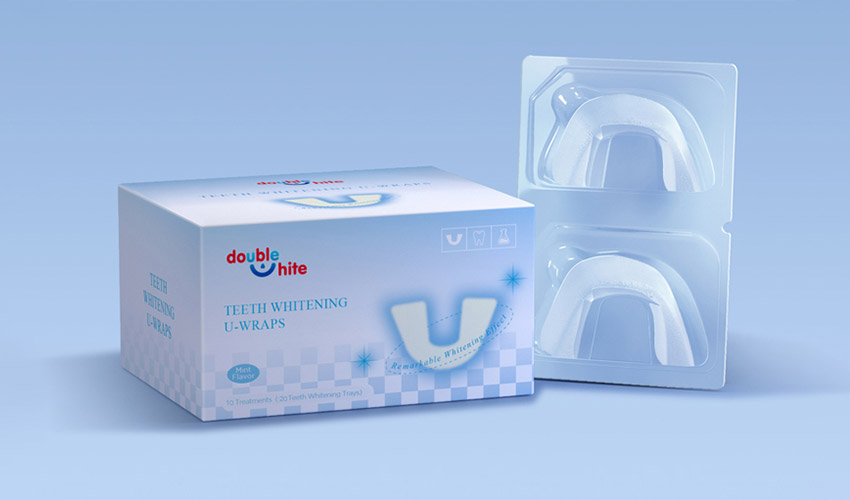
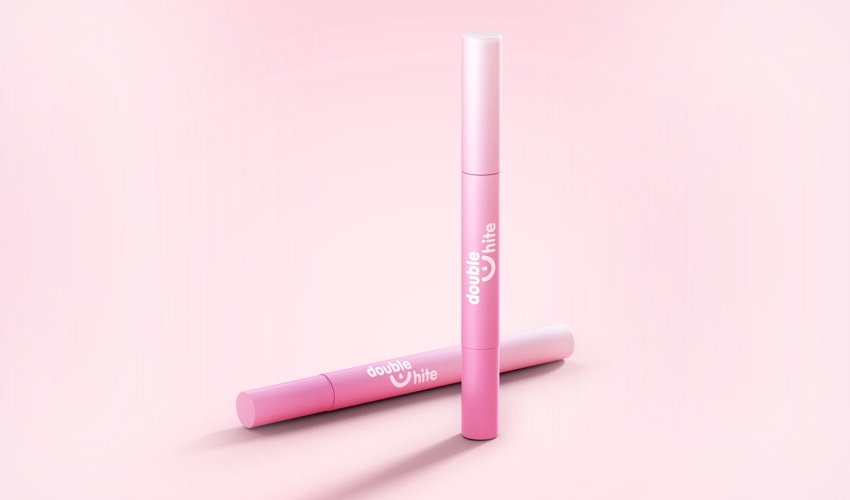
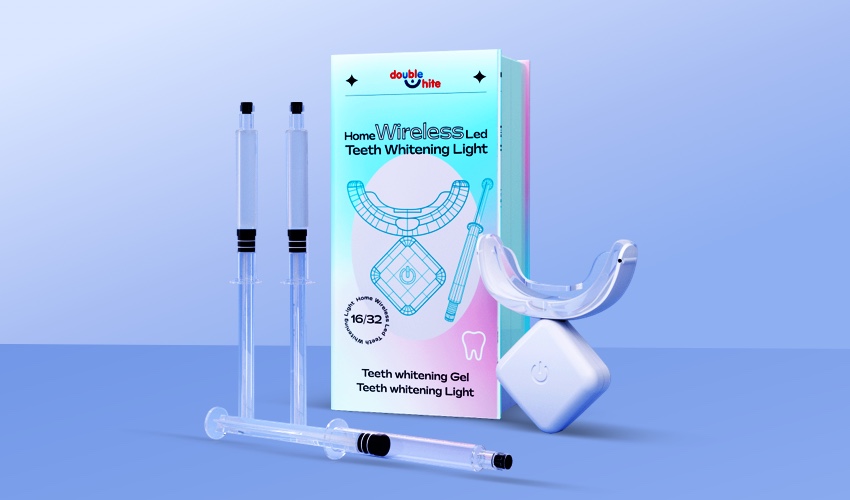
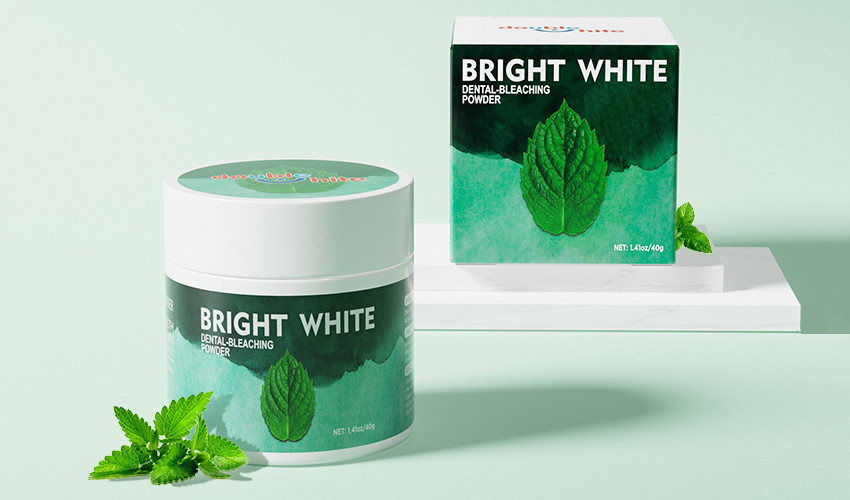






Whatsapp: +8615920313473
cndoublewhite
Doublewhite
doublewhitecn
cndoublewhite
cndoublewhite